The Volkswagen Kombi, an iconic design symbolic of freedom and adventure, embarked on its inaugural journey in 1950. It’s a tale of humble beginnings, cultural significance, and an enduring legacy that stretches from the bustling streets of Europe to the sun-soaked roads of Latin America.

Origins: The Birth of a Legend
The story of the VW Kombi, also known as the VW Transporter, begins in the aftermath of World War II. The Volkswagen Beetle had already set the stage for the brand’s success, but it was Dutch Volkswagen importer Ben Pon who envisioned a new vehicle based on the Beetle’s chassis. On April 23 1947, while visiting the Volkswagen plant, Mr. Pon was inspired to sketch the first VW van after seeing a flatbed parts hauler made from the chassis of a Type I Beetle. This sketch laid the foundation for what would become the Kombi as Volkswagen took the drawing and brought it to life.

Embracing Pon’s concept, on November 11th 1949, a prototype known as the Type 29 made its global debut. It retained the Beetle’s rear-mounted, air-cooled engine but offered more space and versatility. The official launch of the production model, originally called the “Barndoor” due to the size of its rear engine cover, came next year in 1950. Now known as the Type 1, it was an instant hit, appealing to businesses for deliveries and trades due to its practical design and dependable mechanics.
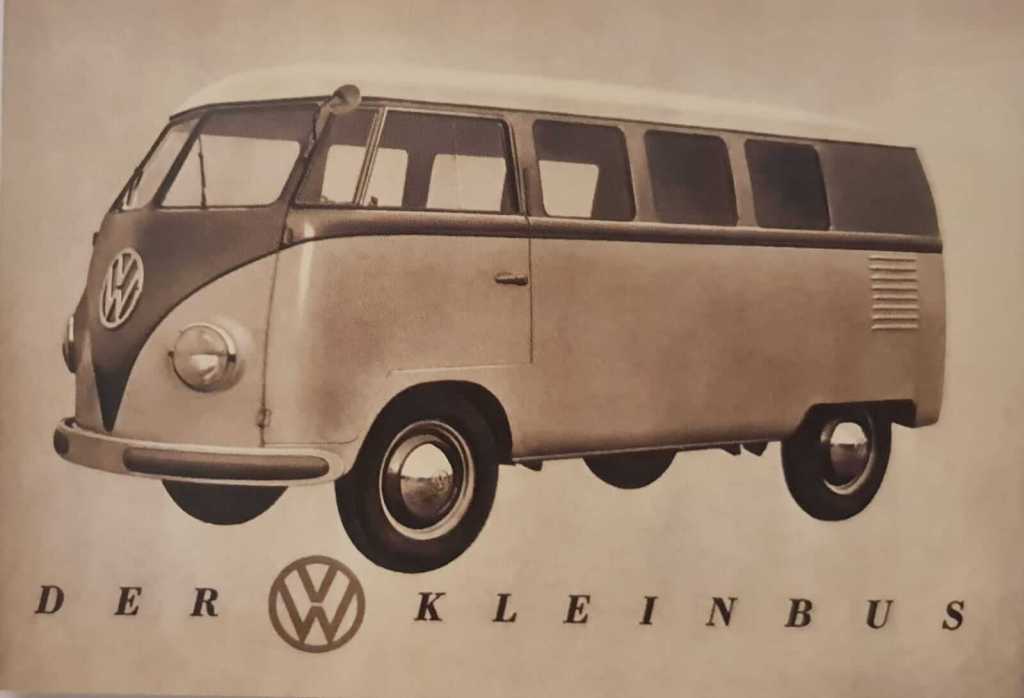
The Rise in Pop Culture
The 1960s marked a turning point for the Kombi, as it transitioned from a commercial vehicle to a cultural icon. Its spacious interior and affordability made it a favorite among young travelers, particularly in the United States. Known as the VW Type II in the US and Europe, the van became synonymous with the counterculture movement, freedom, and the road trip lifestyle. Its association with the hippie movement cemented its place in pop culture, appearing in films, music festivals, and even on album covers.
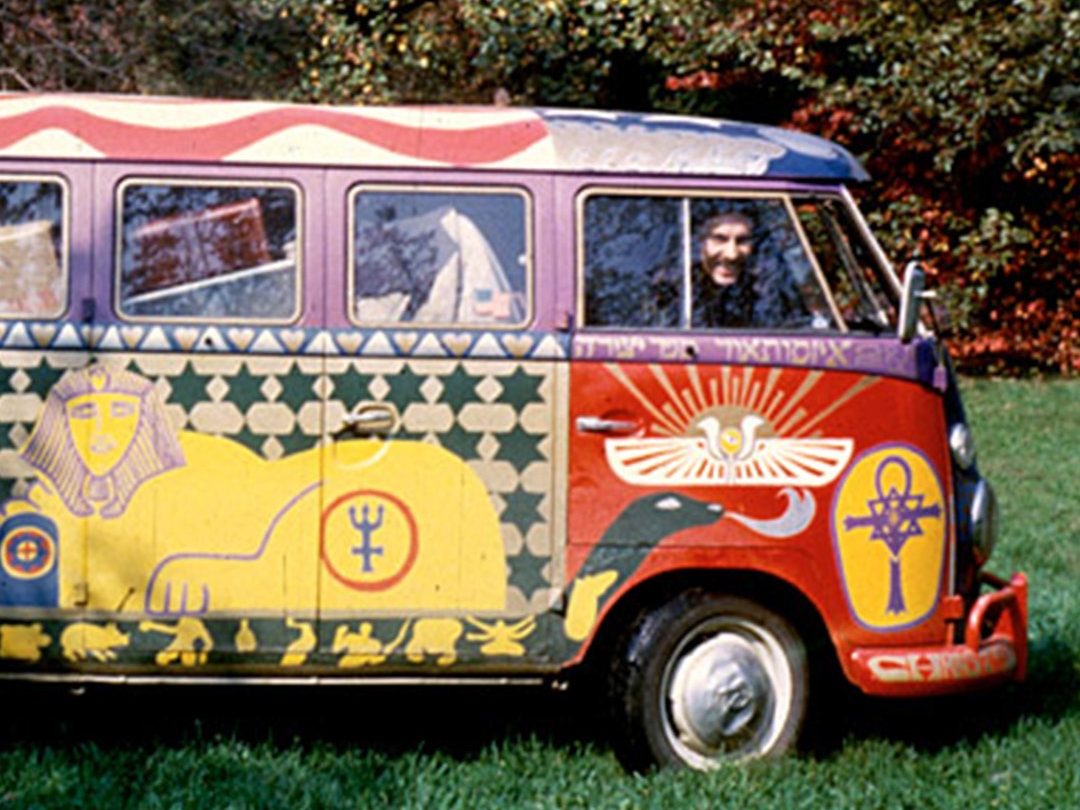
Latin American Love Affair
The Kombi’s journey in Latin America started in the 1950s, with Brazil becoming the epicenter of its production. The vehicle’s simple design and robust mechanics made it ideal for the varying and often challenging road conditions found across the continent. In countries like Brazil and Mexico, the Kombi was not just a vehicle but a workhorse, integral to the daily lives of millions, serving as everything from a family car to a mobile market stall. It should be noted that in other parts of the world, the VW van was known as the “Transporter” and continued to remain a popular vehicle choice through the 1980’s. Unfortunately, stricter regulations meant demand and availability for Transporters drastically declined in comparison with Latin America.

The Decline in Latin America
Despite its popularity, the Kombi’s presence in Latin America began to wane in the late 20th and early 21st centuries. Several factors contributed to this decline. Firstly, newer and more modern vehicles entered the market, offering better safety features, comfort, and fuel efficiency. Secondly, regulatory changes, particularly concerning emissions standards, made it challenging to continue producing the aging design of the Kombi.

Brazil: The Final Stronghold Farewell
Brazil remained the last bastion for the Kombi. The vehicle continued to be produced there until 2013, long after it had ceased production elsewhere. In Brazil, the Kombi maintained its status as a versatile and affordable vehicle, deeply ingrained in the country’s culture. However, even in Brazil, the end was inevitable. New safety regulations, including the requirement for ABS brakes and airbags, which were difficult to integrate into the Kombi’s aging design, finally led to the cessation of its production.
The final edition of the Kombi, released in Brazil in 2013, was a tribute to its remarkable journey. This “Last Edition” was a celebration of the Kombi’s legacy, featuring a nostalgic design that harked back to its heyday in the 1960s and 1970s. Only 600 units were produced, quickly becoming collectors’ items.
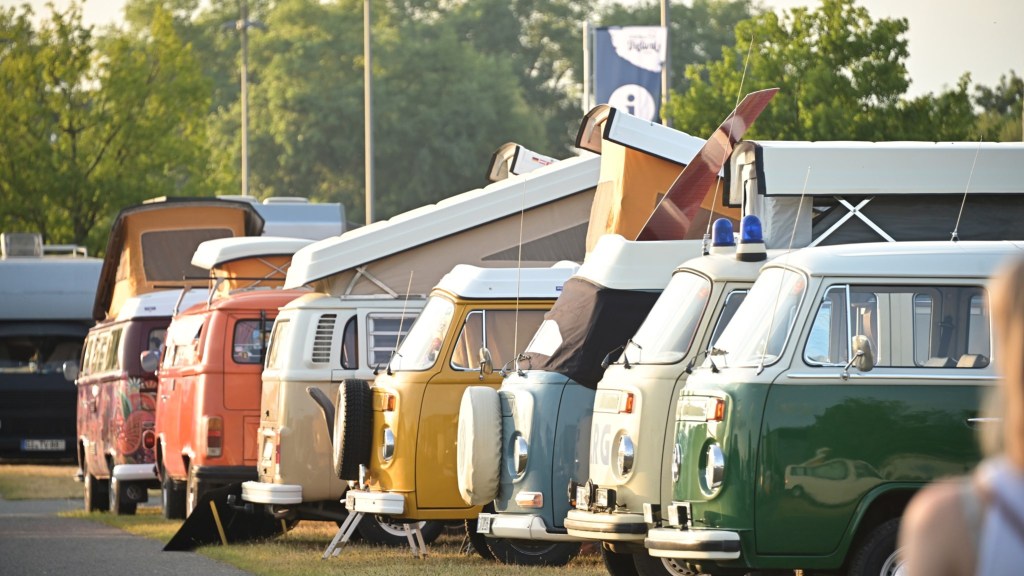
Legacy and Revival
Today, the Kombi lives on, not just in the memories of those who drove it or the collectors who cherish it, but also in its influence on modern vehicle design. The principles of versatility and simplicity that defined the Kombi continue to inspire new generations of vans and transporters. In recent years, there has been a resurgence of interest in the Kombi, fueled by nostalgia and a renewed appreciation for its classic design. Volkswagen, in its pursuit of electrification, has released concepts of an EV van, dubbed the ID Buzz, giving the original sketch by Mr. Pon a new lease on life.
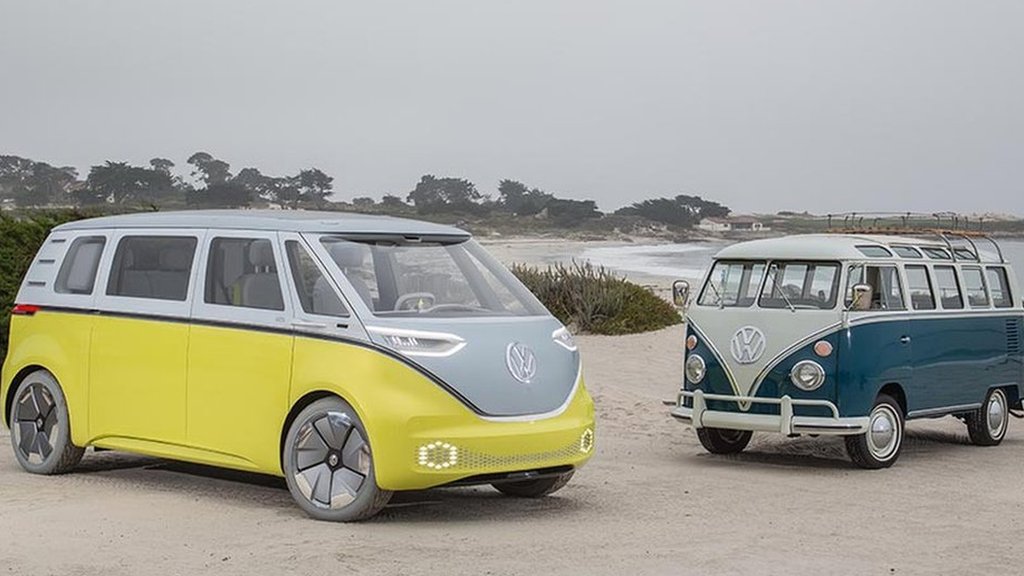
A Timeless Legacy
The VW Kombi’s journey from a post-war utility vehicle to a symbol of freedom is a testament to its timeless design and long-standing appeal. While it may no longer roll off production lines, its legacy continues to influence and inspire, making the Kombi much more than just a vehicle – it’s a cultural icon. Just take a look at the short film Volkswagen made in its commemoration.
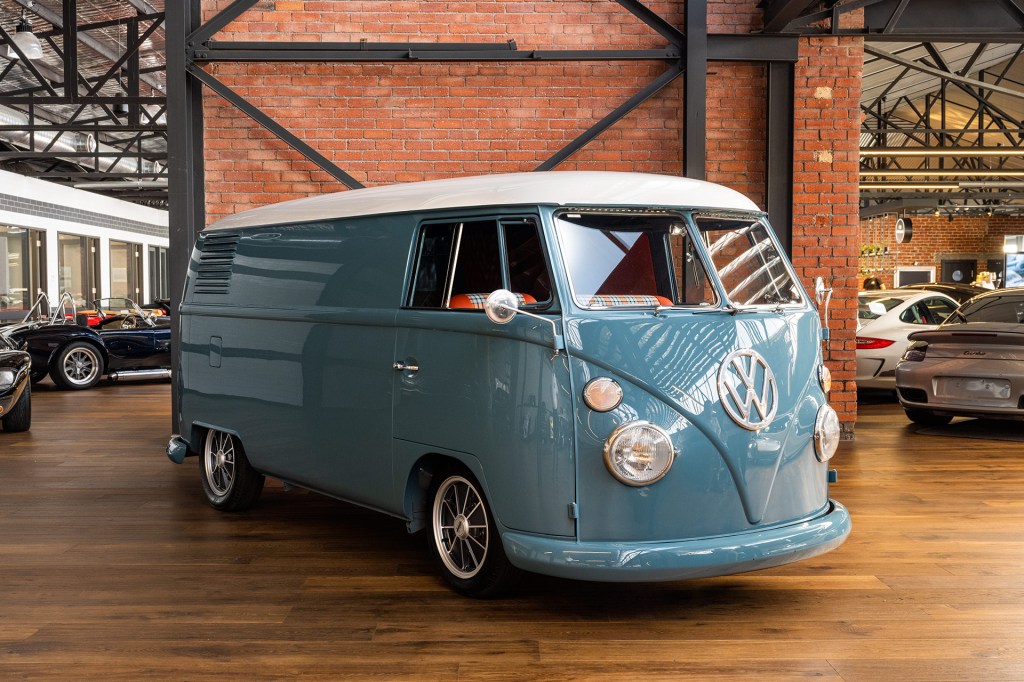
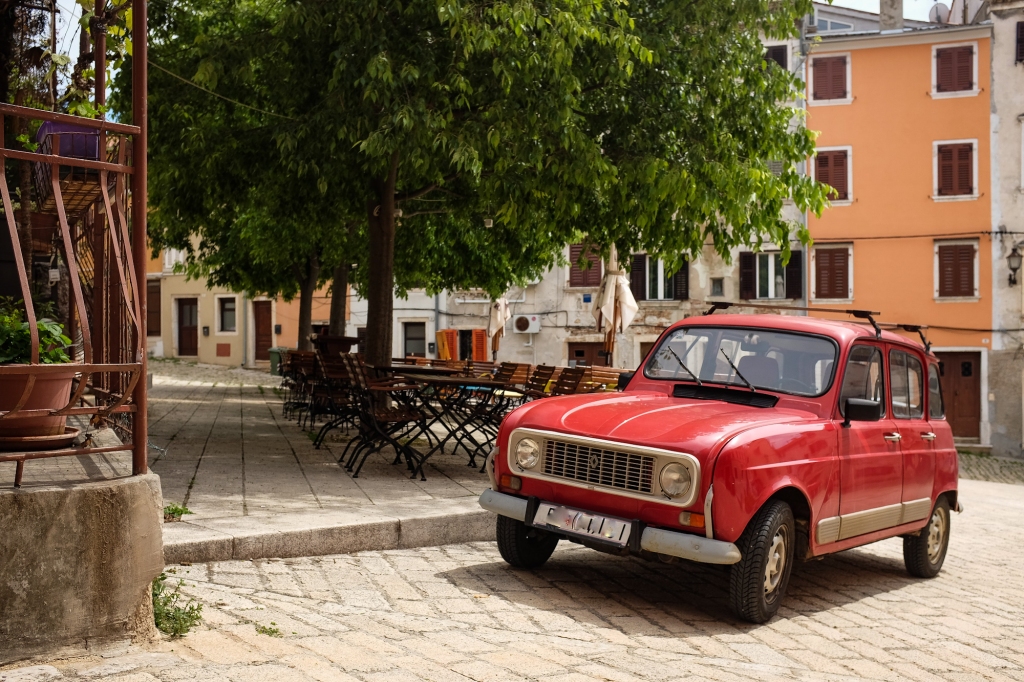
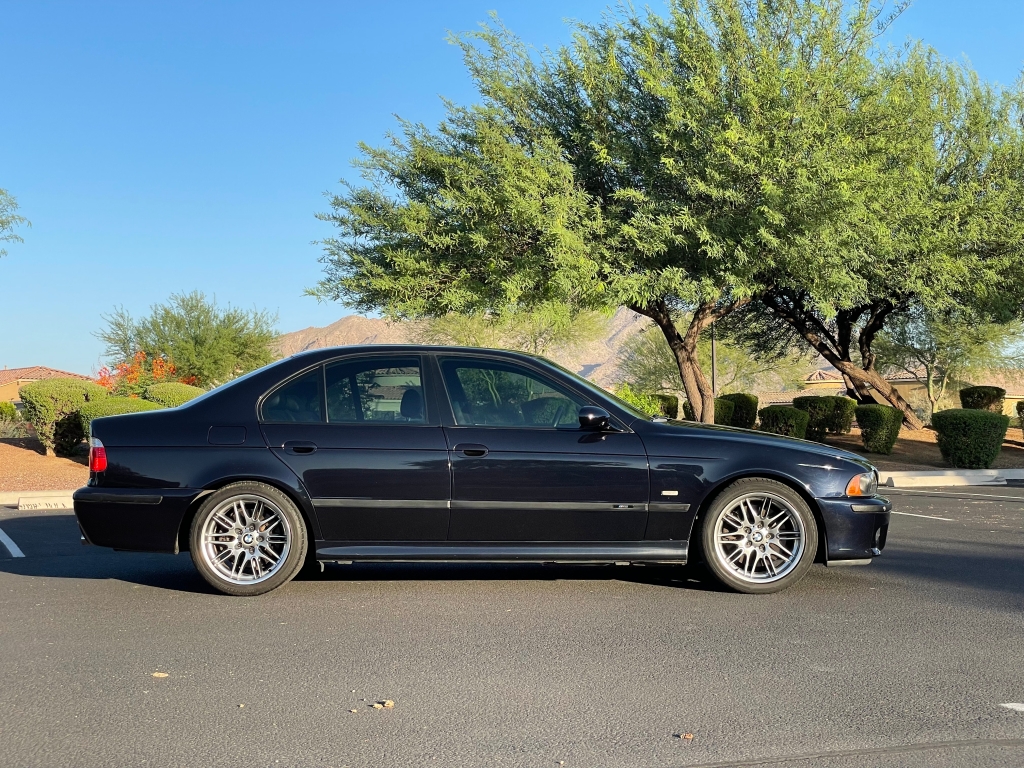
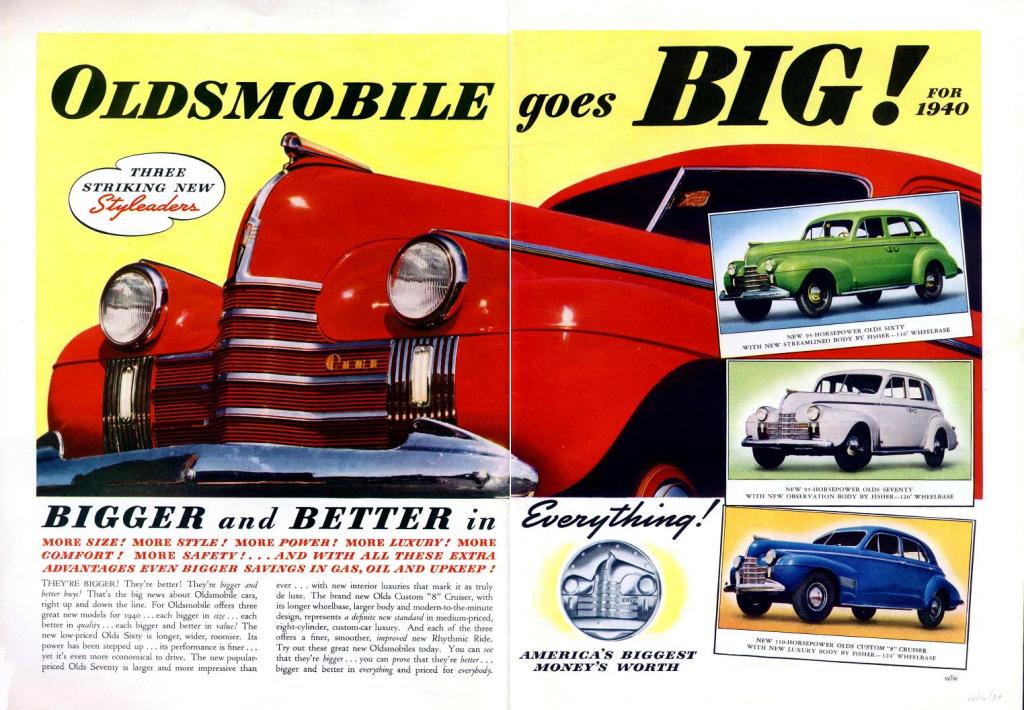
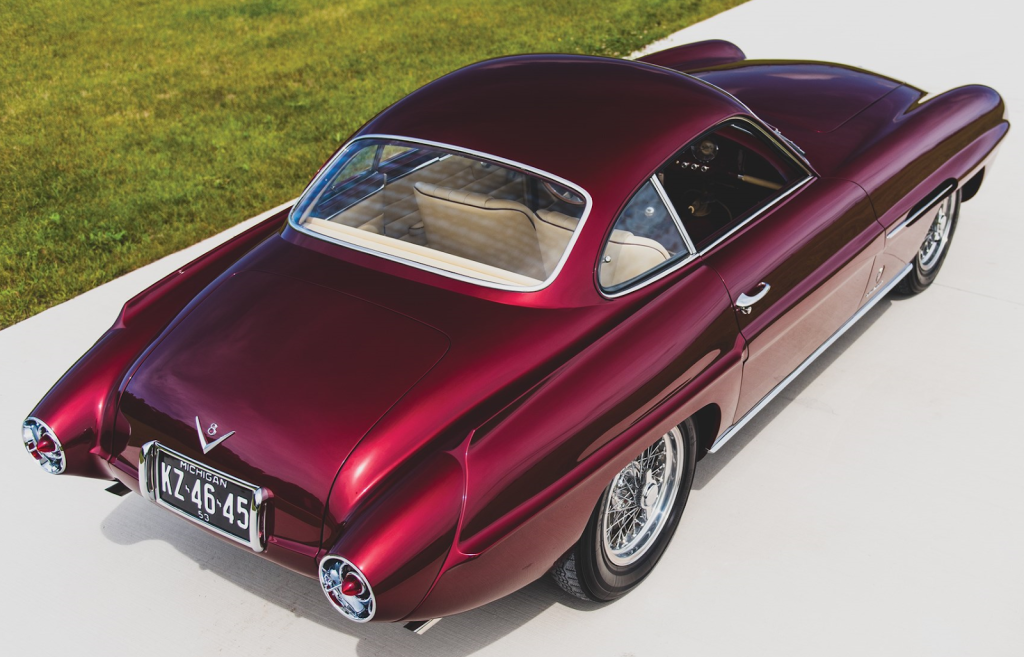
Leave a comment